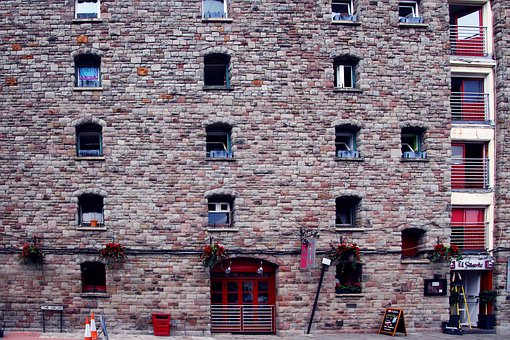What is Internal Rate of Return (IRR)?
In commercial real estate, it’s smart to think ahead and keep a close eye on the numbers. As a commercial broker with more than two decades in the ring, I’ve continued to rely on a variety of metrics, including Internal Rate of Return, or IRR, to ensure my investments are sound. IRR stands strong in … Read more










